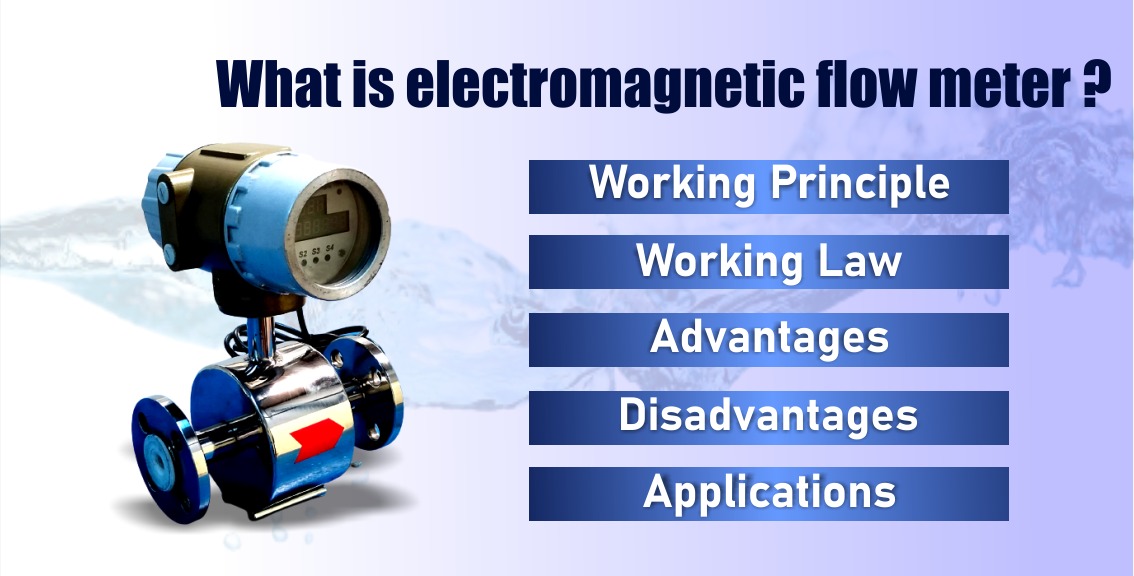Sludge Dewatering
Sludge dewatering is the practice of minimizing waste to prepare for effective waste disposal. Simply put, there is a process of separating solid and liquid sludge components to reduce sludge disposal.
What is the sludge treatment process?
Sewage sludge treatment describes the processes used to manage and dispose of sewage sludge produced during sewage treatment. Sludge treatment is focused on reducing sludge weight and volume to reduce transportation and disposal costs, and on reducing potential health risks of disposal options.
What are the methods of sludge treatment?
Sludge stabilization is a treatment technique applied to biological sludge to reduce its odor-causing or toxic properties. This treatment often reduces the number of solids as a side effect. Anaerobic and aerobic digestion, lime treatment, chlorine oxidation, heat treatment, and composting fall into this category.
What is sludge thickening and dewatering?
Sludge thickening normally refers to the process of reducing the free water content of sludges; whereas, dewatering refers to the reduction of floc-bound and capillary water content of sludges.
Why is sludge dewatering necessary?
The two main purposes of sludge dewatering are for waste minimization and to achieve overall cost efficiency for disposal. Additionally, stabilized sludge can be handled more safely and can reduce health hazards. Some sludges actually have great beneficial reuse and can be land applied.
What are the types of sludge?
Basically, sludge is of two types:
- Primary sludge
- Secondary sludge
Primary sludge is generated from processes such as sedimentation, chemical precipitation, or other primary processes. Secondary sludge is waste biomass that results from biological treatment processes. It also includes any sludge that will accumulate if primary sludge undergoes additional industrial processes.
Techniques Used for Sludge Dewatering
There are many techniques or systems used for sludge dewatering which include plate and frame filter press, centrifuge, belt filter press, and one of the latest or advanced Sludge dewatering press.
These techniques or systems are used to reduce sludge in wastewater treatment plants, power projects, refineries, and drinking water facilities and to make transportation more efficient.
Depending on the situation or condition, one of the three or four dewatering methods can be used:
- Plate and Frame Filter Press
Plate and frame filter press Recessed-chamber filter plates are used to separate liquids from solids. To compress the slurry, two plates come together to form a chamber, and the filter in the chambers is squeezed out of the lining of the cloth. The filter cake is collected on the cloth surface of the filter plate and placed on a horizontal conveyor.
Filter presses are extremely effective and produce filter cakes that are between 40% and 70% solid by weight. It is also beneficial because it produces the highest content of solids which leads to cost-effective transportation and disposal.
Benefits:
- No license required to operate the machine
- It produces stackable, cake-like solids that are more economical to transport.
Applications:
- Biological sludge
- API Separator Sludge
- Centrifuge
A centrifuge is a device that uses high rotational speeds to separate components of different densities.
The principle of centrifuge is based on the bounce. The higher density component will fall to the bottom of the mixture, while the lower density component will be suspended on top of it. Centrifuges typically produce 25% to 35% solids by weight.
Applications:
- Heavy oil sludge dewatering
- Municipal Wastewater Treatment Sludge Dehydration
- Belt Filter Press
Belt presses or belt filter press are used when high humidity is acceptable in the filter cake.
It usually produces 18% to 25% solids by weight. Since this is a continuous action, it is effective on high-noise waste streams where large-scale production of low-quality filter cakes is acceptable. This process is commonly used in municipal wastewater treatment plants.
Applications:
- Papermill sludge
- Municipal wastewater treatment sludge
- River or sea silt
- Sludge Dewatering Press
Sludge dewatering press is the most cost-effective method of dewatering and hence helps to sustain the environmental objectives of the company or industry. Sludge dewatering press is a treatment that generates dewatered cake with high dry solid content and quality of cent rate water, leading to vital sludge volume reduction.
How does Sludge dewatering works?
The dehydrating centrifuge rotates at the speed of a “cylindrical bowl” to separate the wastewater from the solids. The wastewater centrifuge dewatering process removes more water than other methods and releases solids known as cakes. Dewatering means less space in the tank for storing waste.
So far, we’ve seen three to four methods of sludge dehydration, its advantages, applications you’ve seen, but the question arises as to where to get this product or machine. So we recommend you to buy this from Transcend Cleantec Pvt. Ltd. They are a leading manufacturer & supplier of sustainable, energy-efficient, and cost-effective solutions in the field of waste “water management”. They deliver products that are designed and engineered for reliability and efficient performance. For more information about their products, you can visit here click here.





